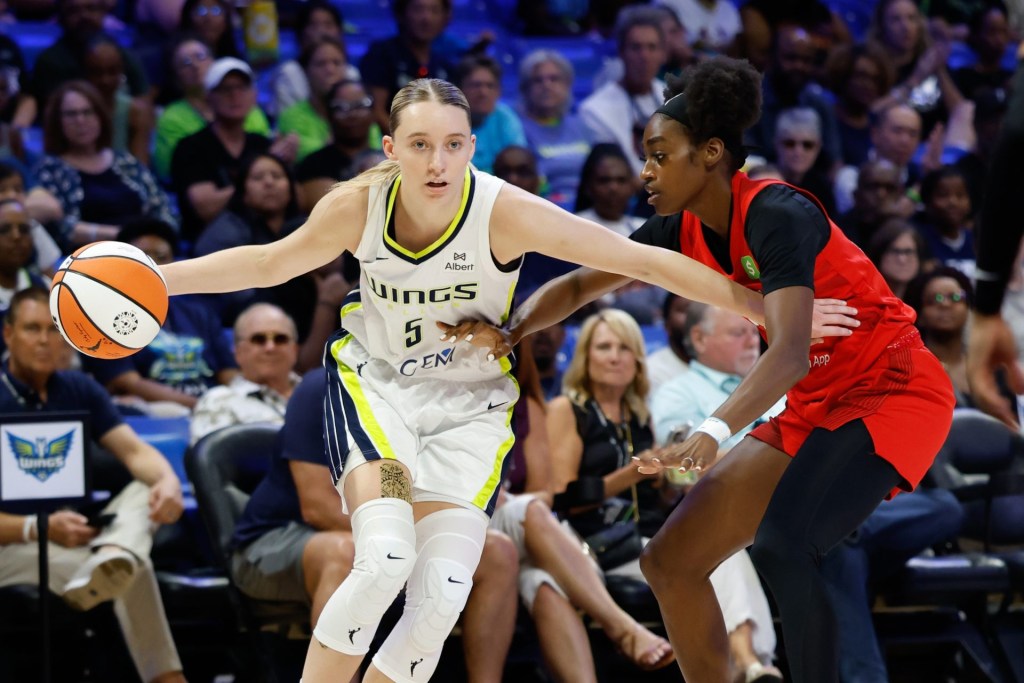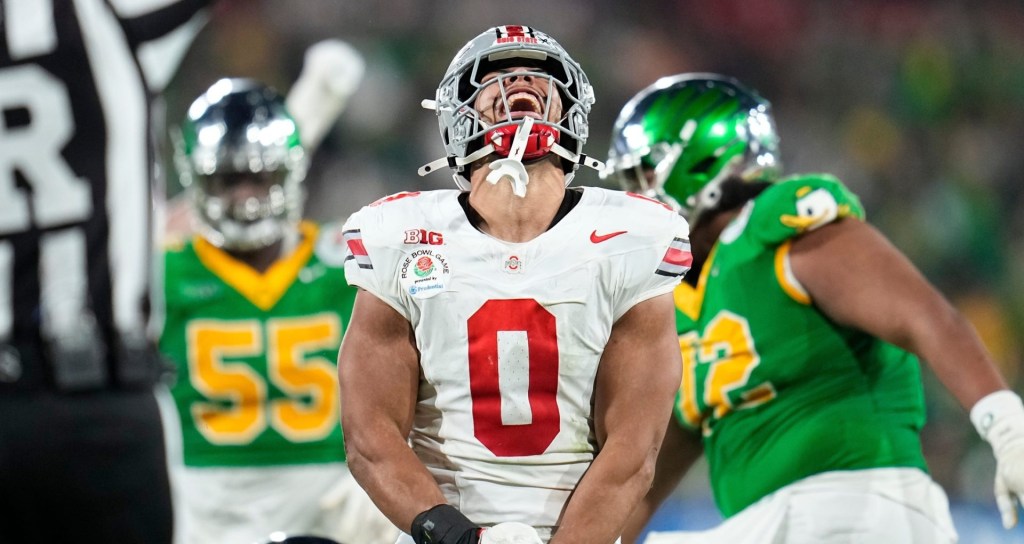Grant Ament, a redshirt senior lacrosse player at Penn State, had a decision to make.
Turn pro and join one of the professional lacrosse leagues, or look to return to school to complete his otherwise lost final year of college eligibility.
Ament, who projected as a top pick for both the Premier Lacrosse League and Major League Lacrosse, knew a lacrosse contract would likely be available to him, while a scholarship might not be. The Nittany Lions’ leading scorer ultimately decided not to return to play another season at the collegiate level.
“If I didn’t have this opportunity to continue on and play professionally, specifically for the PLL, [where] they provide both financial backing and just like a platform for me that lacrosse hasn’t seen, it might be different,” Ament said. “Or if I were a year behind.”
It’s a decision that hundreds of college athletes now find themselves making – weighing the decision to try and continue their sport professionally, return for another season, or simply move on to a career – as the NCAA’s Division I Council has looked to figure out a solution to provide “eligibility relief” for all Division I student-athletes who participated in an abbreviated spring sports season due to the coronavirus pandemic.
The eight-member group will vote on March 30 on how to provide that relief in a decision that will have financial implications not only for the NCAA and its member institutions – but for the athletes as well.
Preserving an additional year of eligibility for the impacted athletes could add costs for departments during a year in which they will all likely be dealing with declining revenue. An additional season just for affected seniors could cost public schools in the Power Five conferences anywhere from $500,000 to $900,000, according to a USA TODAY projection model based on NCAA financial reports.
Smaller Group of Five and FCS schools are still looking at amounts into the hundreds of thousands of dollars themselves.
Several athletic directors told USA Today that they supported the plan, but were wary of financial implications for their institutions. However, it was Iowa State athletic director Jamie Pollard who commented on the financial impact on the student-athletes involved.
“Yes – this could be costly but is the right thing to do for SAs,” Pollard wrote on Twitter. “Also, most spring sport SAs are not on full scholarships. That means SAs that opt to do this, would be personally paying their institutions much-needed tuition and fees.”
And while the institutions might need that money, it’s a lot to ask of a student-athlete.
“Talking money costs, everybody is going to have those given what’s going on right now, but I think students and schools will end up having to pay it and that’s where I think it’s going to get a little bit tricky,” said Ament. “Penn State’s a huge university that generates a lot of money, and I think we would be able to honor those scholarships, which don’t even cover the whole team as is, but you look at these smaller schools that aren’t fully financed from a scholarship perspective, and sports aren’t their main revenue [driver], and it’s tricky.”
NCAA Division I men’s lacrosse teams have an average roster size of 44 players but only a maximum of 12.6 scholarships to award per team – numbers that could potentially change given the extenuating circumstances of this spring season, although the NCAA has not yet announced any decisions of that sort.
With the expectation that affected student-athletes will be granted an additional year of eligibility, but no clarity yet as to what that would look like, Ament made his decision. The Premier Lacrosse League announced that he had declared for the PLL Draft a few hours after Ament publicized his decision.
“I’m ready to branch out, build a social following and that kind of stuff, “Ament said. “And obviously, the on-field play does matter, but I look at some guys that aren’t necessarily the best players in the world, but they’re so savvy with social media and those things that they’re able to make a living off of their personality. And there are limitations there in the college space.”
The average PLL salary is comparable to a year of tuition at Penn State.
Without knowing what scholarship would be available for him and feeling ready to move on, knowing a professional slot would be waiting, Ament decided to go make at least what he might otherwise be spending for or costing a school.
His decision, Ament said, was rooted in several factors, including the uncertainty in the college space – as are the choices many of Ament’s peers he conferred with are making.
“I think a lot of what it’s coming down to is that the NCAA granted that year of eligibility, but the next thing that needs to come out is both scholarships and a plan,” Ament said. “I look at a lot of these top prospects in [lacrosse], and they’re from the Ivy League, where they run their stuff a little bit different than the rest of the NCAA. So it’s a waiting game. And, look, I’m not going to be signing a PLL contract for $10 million like some other sports, I know that. But this way I’ve got the brand aspect to get going.”
READ MORE: Without Live Events, Social Media Takes Center Stage For College Athletes
The financial decision many spring sport athletes are facing isn’t limited to seniors or lacrosse. Baseball players, who are eligible for the MLB draft three years after enrollment or after they turn 21, are confronted with a similar choice, although not having to declare and decide before draft day affords them greater flexibility.
Baseball seniors, however, now with an extra year of eligibility potentially available to them, will have to choose whether to stay and see what scholarship is available or go pro and, most likely, make a minor league salary which averages under $10,000.
“If you’re not going to get a signing bonus, I don’t think there’s much that’s swaying you to go play except for the prospect of getting into the system,” Matt Paré, a former college and minor league catcher who works with the Advocates for Minor Leaguers group, said. “There is no financial reason to sign with a team unless you’re in the top 10 rounds [of the draft].”
Paré noted that the extra academic year could also benefit minor leaguers who will not make it to the majors – less than one in five do, according to a study by Baseball America.
“If you do [stay], then now you’re in the same position that you were in a year before with less uncertainty and more education,” Paré said. “There’s nothing that pulls people into Minor League Baseball in the way some other sports do. It’s not like, ‘Oh, I’m going to play professional baseball right now because of how much money I’m going to make.’ It’s quite the opposite. And I think that’s why you see players like the dual-sport athletes making the decisions like Russell Wilson and Kyler Murray to pick [a different sport].”
Under NCAA rules, baseball teams have a maximum of 11.7 scholarships that can be divided between at most 27 players, with each player having to receive at least a partial scholarship. That means that staying for an extra season will cost most college ball players at least something, even if they don’t stand to make a large sum professionally.
Timelines for scholarship and eligibility extensions have not yet been set, adding to the uncertainty surrounding the decisions of many of these college athletes. Nor is it known when players will have to decide by (or, in the case of baseball, whether that will be before or after the draft) or when the different drafts will even occur.
READ MORE: College Esports to Carry On in Now-Crowded Online Space
But given that the NCAA’s decision will be made in the coming weeks and details sorted out after that, there’s a likelihood that many collegiate baseball players will gain something directly tied to finances in the sport: leverage.
“Right now, it provides leverage to a senior,” Paré explained. “In the draft, seniors don’t have as much leverage for signing because normally you can’t go back. So you take what you get. But they now have leverage. That’s why high school guys sign for more – they have the power of an option. That’s why juniors and 21-year-olds sign for more in baseball because they have that leverage of saying, ‘Oh, well, I can just go back to school.’ So these guys might’ve gotten an opportunity to provide some leverage for themselves in this draft.”
That opportunity to leverage the ability to come back is going to cost institutions, who are already anticipating diminished distributions from the NCAA after the cancellation of the Division I men’s basketball tournament – which accounts for upwards of 70% of the NCAA’s annual revenue. The organization itself is facing decreases of $475 million in revenues (a 42% decline) for its current fiscal year, according to adjusted estimates released Tuesday in a Moody’s Investors Service report.
The NCAA will have about $654 million in revenue and about $668 million in expenses in fiscal 2020according to the association’s recently released audited financial statement. Both of those amounts have been above $1 billion in each of the past two years.
Final figures aside, minimized incoming money from the NCAA and individual revenue streams, including ticket sales and television rights, combined with the increased costs of an additional year of eligibility for affected athletes, will make for a “messy” situation for all involved, Ament said.
“Everyone’s faced with some pretty tough choices right now, on the field and off of it with everything that surrounds staying or going – the time, the toll, the money,” Ament said.

















